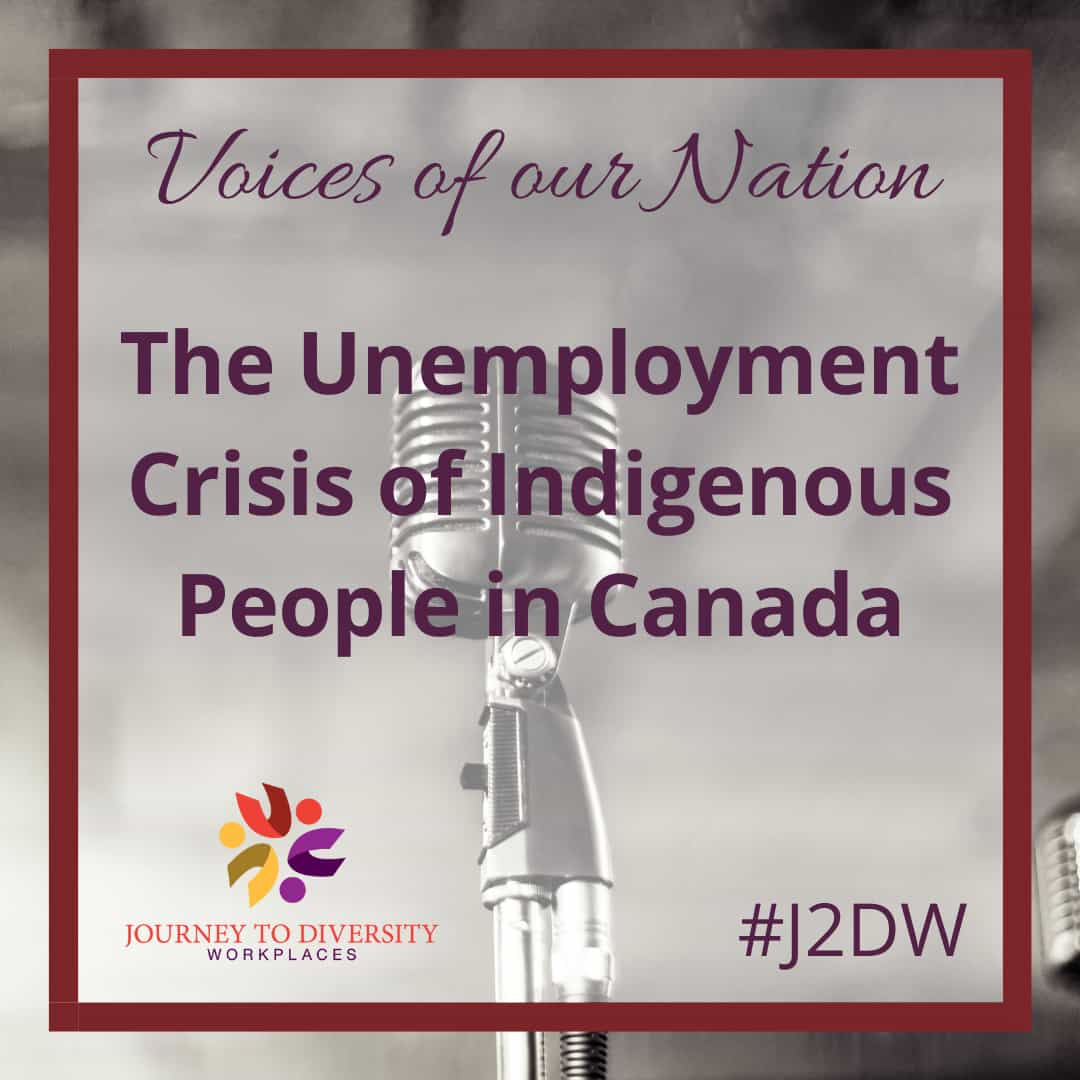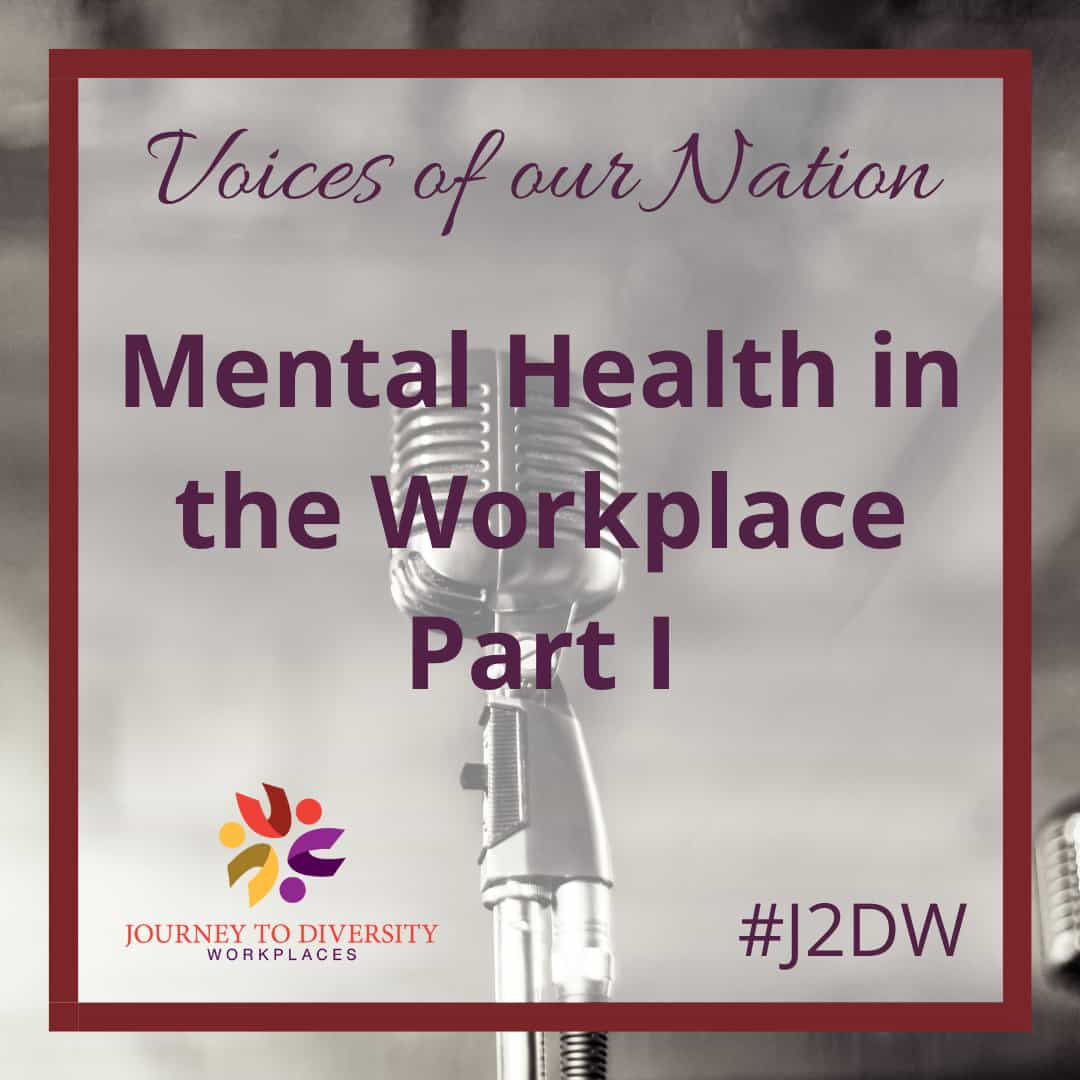How many Canadian Indigenous voices will it take for us to remember that unemployment is an intersectional issue? Unemployment among Indigenous communities is definitely not rooted in a singular factor, but rather, is a quilt of a multitude of reasons spanning generations.
The Indigenous population comprises 4.9% of the Canadian population, totalling a rough estimate of 1.67 million people. Of this, the unemployment rate of Indigenous people is 11.6%, compared to that of non-Indigenous people is 7.6% from June to August 2021 (Bleakney et al., 2021). Why do Indigenous people have substantially higher unemployment rates? What barriers might they face in their pursuit of employment?
It is undeniable that Indigenous communities in Canada suffer from socioeconomic disparities fueled by a long, tragic history of mistreatment. Through the Residential School system, the ‘cultural genocide’ enforced by foreign settlers, as per the Truth and Reconciliation Commission, established a deeply painful chain of generational trauma, the effects of which are still evident today. Generational trauma is passed down in the family through genetics, and is experienced through specific behaviours of family members and their treatment of a child during early development. These behaviours give rise to problems like self-esteem issues, loss of identity, depression, mistrust, fatigue, and imbalanced immune responses, as well as a family history of diseases (Gillespie, 2020).
With such an array of interpersonal conflicts, it is expected that the Indigenous population of Canada should also receive comparable assistance from the government. Unfortunately, that is not the case. Indigenous communities receive little to no mental health aid that is actually accessible, explaining its adverse impact on employment rates. How is it equitable to expect trauma-ridden individuals to focus on job stability when they are still striving for a chance at mental stability?
Along with intergenerational trauma, Indigenous communities face socioeconomic and environmental disparities, creating a gap between the resources accessible to Indigenous versus non-Indigenous populations. One significant example of that gap is the inaccessibility of funded educational services. Indigenous communities on reservations do have access to one or two schools on the reserve for children under 18, however, these educational institutions tend to be so remote (or rather, the Indigenous reserves are), that countless children are sexually assaulted, kidnapped, and murdered on their way to and from school and never make it home. And even out of those who get home safely, their dreams of pursuing post-secondary education are often crushed once tuition costs and location are factored into the picture.
In 2018, Indspire, a charity focused on making education financially accessible to Indigenous students in Canada, published a summary of an in-depth survey of the experiences of Indigenous students pursuing post-secondary education (Post-secondary Experience of Indigenous Students, 2018). The most common message in the students’ testimonies was the lack of funding and accessibility to financial aid in Canadian post-secondary institutions. Some students had no choice but to bring their children to class because they were unable to pay for childcare and were too far away from their family and community (Post-secondary Experience of Indigenous Students, 2018).
Stemming from this, another issue that the survey-takers mentioned is that without adequate financial aid for housing, childcare, food, and tuition, many students inevitably chose to drop out of school to work minimum wage jobs (if hired) to sustain themselves, and/or focus on their home life. Without a solid educational background and access to any external career-building resources, the youth remain unqualified for high-paying, stable jobs, and the unemployment rate increases.
Other major factors affecting Indigenous Canadians’ employment struggles include environmental racism, mental illnesses — which often inform alcohol and drug usage — and poverty. An example of environmental racism would be strategic policies, creation and locations of institutions and houses surrounding a target community, which gives that population a specific disadvantage. Indigenous reserves often receive muddy, dark brown, contaminated water, a problem which issues the Boil Water Advisory, and the prey that they consume is ridden with dangerous contaminants, because of their proximity to mining rigs (Luo, 2021). This results in chronic illness, gastrointestinal disorders, and cancer. Due to the remote nature of Indigenous reserves, most individuals don’t have quick access to reputable hospitals, public transportation, and driving tests, and cannot afford a car or be eligible for insurance.
There is also a very limited selection of minimum wage jobs in nearby communities. As a result, job security is scarce. When you pile on drug and alcohol usage triggered by mental illness and physical health issues, it is evident that an individual cannot possibly ace a job interview, or work efficiently in these conditions.
These socioeconomic factors tie into self-esteem issues and the emotional and physical effects of intergenerational trauma. This is hardly a position conducive to job interviews and employment, is it? And the undeniable, glaring topic of racism in the hiring process and work environment has not even been touched upon yet.
It is clear that there are many hurdles that Indigenous job seekers in Canada must overcome to simply get a foot in the door. Most non-Indigenous Canadians have never had to, and may never will, think about these issues, further contributing to negligence from recruiting agents and coworkers. It is important for all of us to stay educated and aware, seek out ways to help, ensure we are not unconsciously contributing to the aforementioned negligence, and have compassion when amplifying Indigenous voices.
SOURCES
Bleakney, A., Masoud, H., & Robertson, H. (2021, November 16). This article uses data from the Labour Force Survey to examine trends in employment, unemployment and labour force participation among indigenous people in the 18 months following the onset of the COVID-19 pandemic. trends for indigenous and non-Indigenous people, by age group, sex, region and occupation, as well as for First Nations people and Métis, are presented. Labour market impacts of COVID-19 on Indigenous people living off reserve in the provinces: March 2020 to August 2021. https://www150.statcan.gc.ca/n1/pub/45-28-0001/2021001/article/00037-eng.htm
Luo, C. (2021, November 14). The water crisis in Canada’s First Nations communities. ArcGIS StoryMaps. https://storymaps.arcgis.com/stories/52a5610cca604175b8fb35bccf165f96
Gillespie, C. (2020, October 27). Generational trauma might explain your anxiety and depression-here’s what it means. Health. https://www.health.com/condition/ptsd/generational-trauma
Post-secondary experience of indigenous students following the Truth and Reconciliation Commission. (2018, September). https://indspire.ca/wp-content/uploads/2019/10/PSE-Experience-Indigenous-Students-Survey-Summary-Sept2018.pdf
This article was written by summer student Ilesha Prabhudesai and edited by summer student Cossette Penner-Olivera. This article was funded by the Government of Canada.


